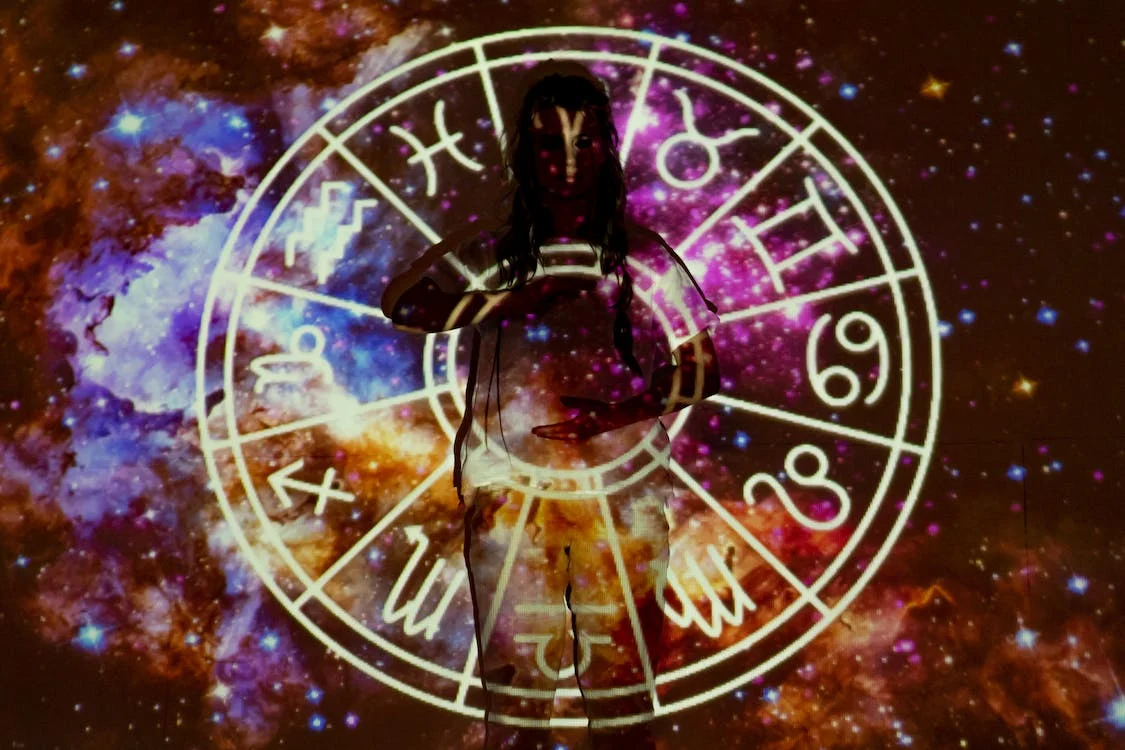In the quiet expanse of the night sky, amidst the glittering stars and celestial wonders, lies a language as old as time itself – the language of the zodiac signs. These twelve zodiac constellations, each with its own story, have weaved a tapestry of mystery and meaning that has captivated humanity for millennia. Aries, Taurus, Gemini, Cancer, Leo, Virgo, Libra, Scorpio, Sagittarius, Capricorn, Aquarius, and Pisces are the full list of zodiac signs. Each zodiac sign represents an individual’s underlying personality, sense of self, fundamental interests, and other qualities.
Where it All Began
Dating back to 5th century BCE, the Babylonians mapped the sky into 12 different sections and assigned them an individual constellation. The Greeks then adopted and adapted the form of Babylonian astrology, assigning each constellation to a zodiac sign with specific personality traits and characteristics, naming them according to the twelve Olympian gods of Greek mythology. Even with this long and rich history, it is still considered to be pseudoscience — fake science. Nonetheless, there are still many people who look up their own zodiac signs and turn to their daily or weekly horoscope reports for predictions of their day: what their lucky number, color, or day is, what one needs to be careful about, and the general outline of their day.
The 12 Zodiac Signs
Find out your own zodiac sign here:
♒ Aquarius: January 20 – February 18
♓ Pisces: February 19 – March 20
♈ Aries: March 21 – April 19
♉ Taurus: April 20 – May 20
♊ Gemini: May 21 – June 20
♋ Cancer: June 21 – July 22
♌ Leo: July 23 – August 22
♍ Virgo: August 23 – September 22
♎ Libra: September 23 – October 22
♏ Scorpius: October 23 – November 21
♐ Sagittarius: November 22 – December 21
♑ Capricornus: December 22 – January 19
The dates assigned to each zodiac sign correspond to the time when the sun appears to pass through that constellation – more precisely, the sun’s position in relation to the constellations as seen from Earth. The Earth’s axis, however, wobbles over a period of around 26,000 years due to a phenomenon known as “precession of the equinoxes.” Because of this slow shift, the location of the sun at the vernal equinox changes with time, affecting the dates associated with each zodiac sign to shift a few days, so some sources online might show different dates.
Controversy
Beyond the whims of daily horoscopes, zodiac signs have found resonance in personality assessments and relationship compatibility charts. The rising interest in birth charts — detailed astrological maps based on one’s birth date, time, and place — reflects a growing curiosity about the profound connection and relationship between cosmic alignments and individual lives. Dating as long ago as Ancient Egyptians, farmers used the sky as a calendar and travelers used the sky as a compass. Nowadays, human beings turn to them for predictions of their future.
However, astrology — looking for answers in the movements of the celestial bodies — along with zodiac sign predictions, lacks scientific support. It’s been rejected by the scientific community, which pointed out that astrological predictions are too general and are not subjected to testing. Winson Dong ’24 said, “Zodiac signs and horoscopes are something people turn to for answers they want to see. It might be a form of superstition, or not, depending on one’s own views.”
Many people may be skeptical about astrology, while some enjoy the process of analyzing their zodiac sign. “I do not check horoscopes on a regular basis and do not believe in them, but it is fun discussing if the zodiac sign description actually fits the person,” said Isabella Vidach ’25.
Astrological readings are highly subjective and can vary widely among astrologers. There are no standardized methods for interpretation, leading to inconsistencies and making it difficult to establish astrology as a reliable science.
The Big Three
Everything gets more complicated as we also have Sun and Moon signs and the Ascendant or rising sign, which are called the Big Three. The Sun sign, determined by the position of the Sun in the zodiac at the time of birth, is what most people refer to when they talk about their zodiac sign. The Moon sign, which is not as widely used, represents the zodiac sign where the Moon was located at the time of birth. The Ascendant sign is determined by the eastern horizon of your exact timing of your birth.
The Sun sign is often considered the core of a person’s identity. It represents one’s basic personality traits, their style, and other fundamental characteristics that they express outwardly. The Moon sign, on the other hand, is associated with emotions, instincts, basic habitats, and the subconscious mind. It represents an individual’s emotional responses, inner feelings, how they nurture themselves and others — basically the secret self. The Ascendant sign relates to the “energy” the individual puts into the world and how other people view them in terms of impressions. Astrologers also consider the relationships between the other planets in the birth chart.
Morning and Evening Star and Combust
Planets have corresponding zodiac signs in which they have a great influence on and their positioning plays an essential role in the interpretation of an individual’s expression. Morning and Evening Star and Combust describe the specific positions and conditions of planets in relation to the Sun.
One example is that the position of Mercury as a morning or evening Star is thought to influence how individuals express themselves and engage in communication. A morning star relates to Mercury being visible in the eastern sky just before sunrise. Morning star Mercuries are often linked with more direct, clear, and proactive communication. Individuals tend to be articulate, logical, and practical. They often excel in activities requiring mental agility and strategic thinking.
On the other hand, evening star Mercuries might express themselves with a touch of introspection and contemplation. Astrologers interpret these positions differently, but the common theme is that the qualities associated with Mercury (communication, intellect) and Venus (love, relationship) may face challenges, misunderstandings, or internal conflicts when these planets are combust.

Importance of the Signs
Astrologers can offer a deeper understanding of an individual’s psychological makeup, motivations, and interpersonal dynamics, making zodiac signs a rich and intricate system for exploring human personality and relationships. The Sun sign illuminates our inner world, the Moon sign delves into our emotional depths, and the Ascendant sign provides invaluable insights into our social masks, influencing our approach to relationships, career, and life itself. However, there is still lots of scientific skepticism. Generalized horoscopes found in magazines and online often provide broad and vague predictions that can apply to almost anyone.
Nonetheless, knowing your zodiac sign is a way to spur conversations. Checking horoscopes might be a fun activity for something to look forward to everyday. Some individuals find psychological and personal insights in astrology readings, even if they are not scientifically proven. For them, astrology serves as a tool for self-reflection and understanding, offering a framework to make sense of their lives.
Everything depends on what you believe at the end of the day. Maybe the horoscope is totally wrong and you used confirmation and selection bias to make yourself feel better. Or maybe there is some magic that lies under the language of zodiac signs.
“Zodiac signs and horoscopes are something people turn to for answers they want to see. It might be a form of superstition, or not, depending on one’s own views,” said Winson Dong ’24.

